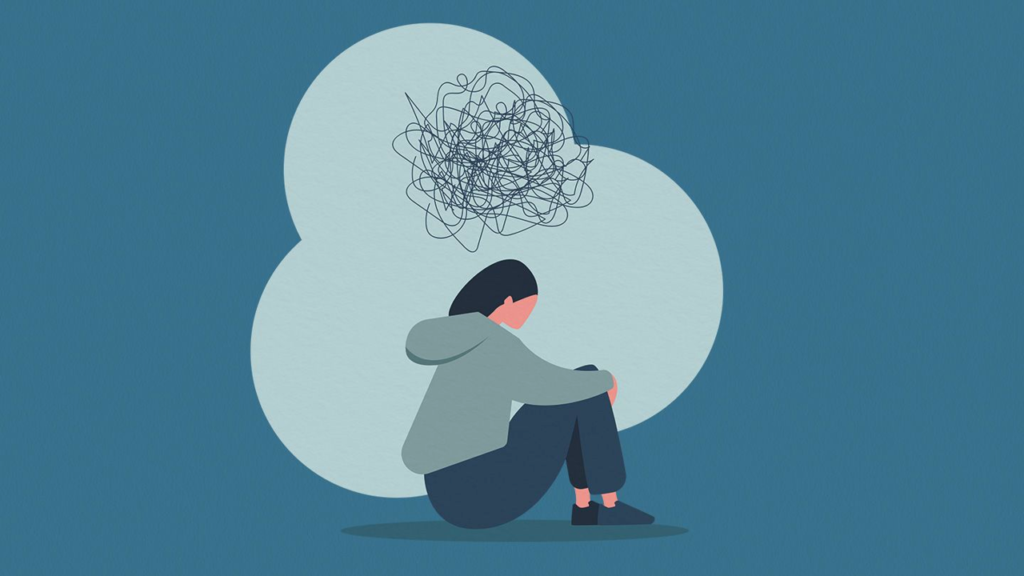In our fast-paced world, where stress and pressure seem to be the norm, mental health issues are becoming increasingly prevalent. One of the most concerning aspects of mental health is suicide, a global public health problem that claims the lives of millions each year. However, there is hope. By raising awareness about suicide prevention, we can collectively work towards reducing the incidence of this tragic loss of life. In this eye-opening article, we delve into the critical issue of suicide prevention, unveiling the significance of breaking the silence around mental health. With compassion and empathy, we explore the global impact of suicide and its distressing factors.
Read More: My Taste Was Turned Down By a New Drug
Contents
- 1 Understanding Suicide: A Global Concern
- 2 The Importance of Suicide Prevention
- 3 Identifying Risk Factors
- 4 Signs and Signals of Suicidal Behavior
- 5 Breaking the Stigma Around Mental Health
- 6 Creating Supportive Environments
- 7 Empowering Individuals Through Education
- 8 The Role of Family and Community
- 9 Mental Health Helplines and Resources
- 10 The Impact of Social Media on Mental Health
- 11 Building Resilience and Coping Strategies
- 12 Suicide Prevention in Schools and Universities
- 13 Workplace Mental Health Initiatives
- 14 A Collective Effort for Suicide Prevention
- 15 FAQ’s
- 16 Conclusion
Understanding Suicide: A Global Concern
Suicide is a deeply complex and sensitive topic that affects people of all ages, genders, and backgrounds worldwide. It is essential to comprehend the gravity of this issue before delving into strategies for prevention. Understanding the factors that contribute to suicide can help us approach prevention more effectively.
The Importance of Suicide Prevention

Suicide prevention is of paramount importance because it not only saves lives but also improves the overall well-being of communities. By addressing the root causes of suicide and providing support to those at risk, we can foster a society that values mental health and promotes empathy and understanding.
Identifying Risk Factors
To prevent suicide effectively, it is crucial to identify the risk factors associated with suicidal behavior. These risk factors may include mental health disorders, substance abuse, past suicide attempts, and social isolation. By recognizing these factors, we can intervene early and offer appropriate assistance.
Signs and Signals of Suicidal Behavior
Recognizing the signs of suicidal behavior can be challenging, but it is vital for effective prevention. Changes in behavior, extreme mood swings, giving away possessions, and expressing feelings of hopelessness are some of the warning signs. Being attentive to these signals can help save lives.
Breaking the Stigma Around Mental Health

Stigma often acts as a barrier to seeking help for mental health issues, including suicidal thoughts. By engaging in open conversations, spreading awareness, and challenging misconceptions, we can create an environment that encourages people to seek support without fear of judgment.
Creating Supportive Environments
A supportive environment plays a pivotal role in preventing suicide. Families, friends, schools, and workplaces can contribute by offering understanding, empathy, and non-judgmental support to individuals struggling with their mental health. Compassionate listening can make a world of difference.
Empowering Individuals Through Education
Education about mental health and suicide prevention is a potent tool for change. By promoting mental health literacy in schools and communities, we empower individuals with the knowledge and skills to recognize signs of distress and provide appropriate help.
The Role of Family and Community
Family and community support can serve as a protective factor against suicide. Strengthening social connections and fostering a sense of belonging can provide a buffer against the challenges of life and enhance emotional well-being.
Mental Health Helplines and Resources
Accessible mental health helplines and resources can be a lifeline for those in distress. Governments and organizations must invest in these services, ensuring that individuals in crisis have someone to talk to and seek help.
The Impact of Social Media on Mental Health
In the digital age, social media can have both positive and negative impacts on mental health. Cyberbullying, unrealistic standards, and constant comparison can contribute to feelings of inadequacy and despair. By promoting responsible use of social media and encouraging positive interactions, we can mitigate its adverse effects.
Building Resilience and Coping Strategies
Building resilience is crucial in the face of life’s challenges. Teaching coping strategies that enhance emotional resilience can equip individuals with the tools to navigate difficult times and reduce the risk of suicidal thoughts.
Suicide Prevention in Schools and Universities
Educational institutions play a critical role in fostering mental health among young people. Implementing comprehensive mental health programs in schools and universities can create a nurturing environment that supports students’ emotional well-being.
Workplace Mental Health Initiatives

The workplace is another essential setting where suicide prevention initiatives can make a significant impact. Employers can promote a mentally healthy workplace culture by offering support programs, reducing stigma, and providing resources for mental health care.
A Collective Effort for Suicide Prevention
Suicide prevention requires a collaborative effort from all sectors of society. Governments, non-profit organizations, healthcare professionals, communities, and individuals must unite to combat this critical issue and save lives.
Read More: IoT and Healthcare: Future of Medical Technology
FAQ’s
- Q: How can I support someone who might be struggling with suicidal thoughts? Listen to them with empathy, encourage them to seek professional help, and stay connected to provide emotional support.
- Q: Are there any warning signs that someone might be contemplating suicide? Yes, warning signs may include expressing hopelessness, withdrawing from friends and family, and giving away possessions.
- Q: What are some mental health helplines that I can reach out to for assistance? There are various helplines like the National Suicide Prevention Lifeline, Crisis Text Line, and Samaritans, among others.
- Q: How can schools promote mental health and suicide prevention among students? Schools can implement mental health programs, provide counseling services, and foster a supportive and inclusive environment.
- Q: What can employers do to support the mental well-being of their employees? Employers can offer mental health benefits, create a stigma-free workplace, and provide resources for stress management and coping.
Conclusion
Raising awareness about suicide prevention is not just a responsibility; it is an act of compassion and empathy. By working together, we can create a world where mental health is valued, stigma is eliminated, and support is readily available for those in need. Together, we can make a difference.



